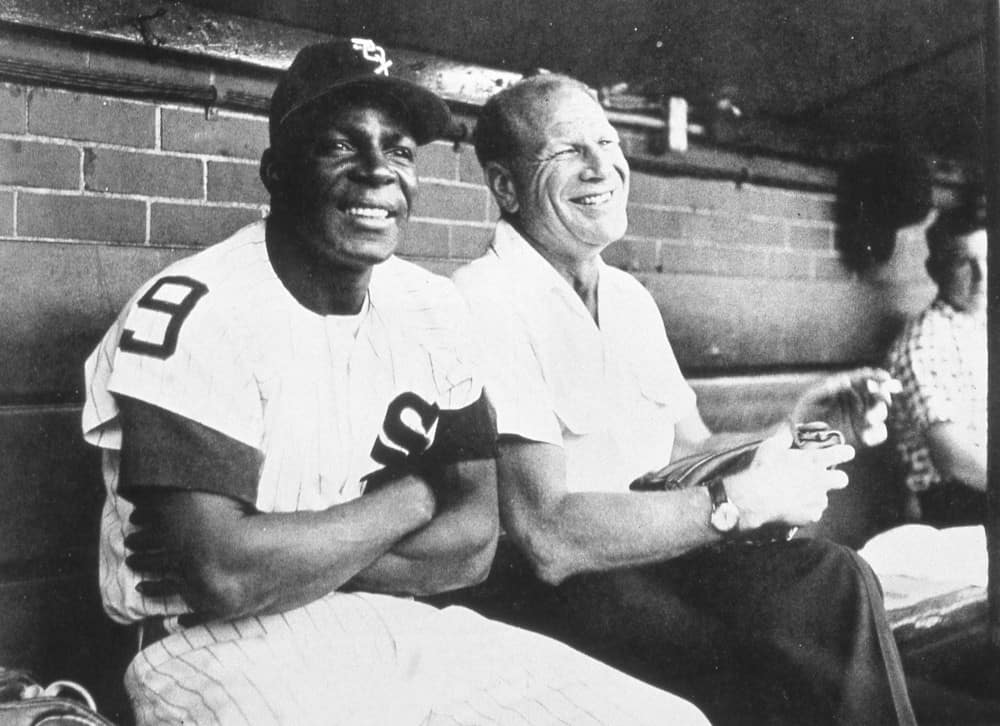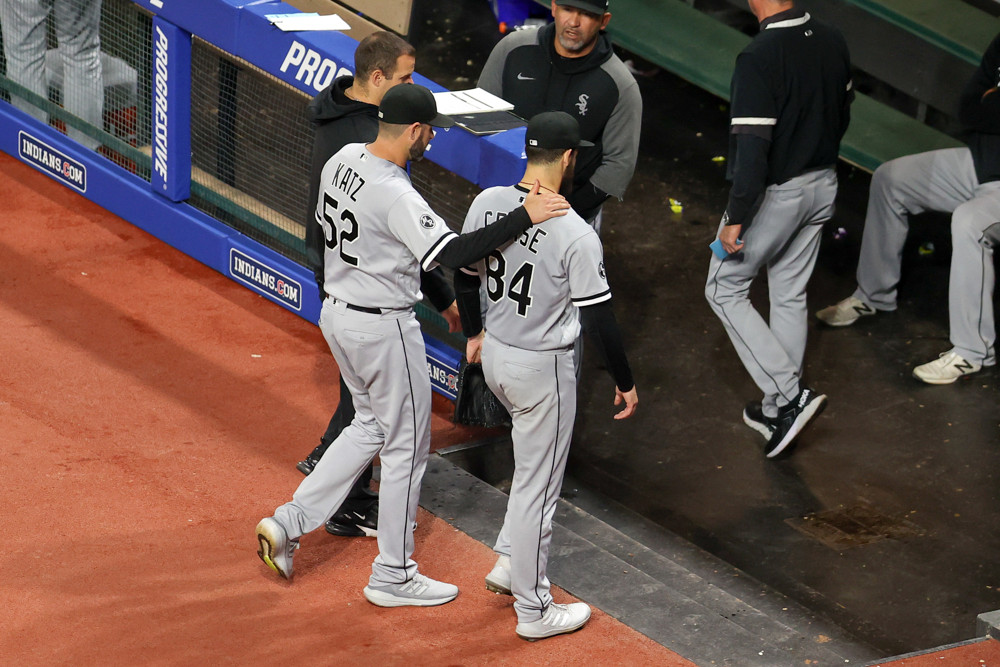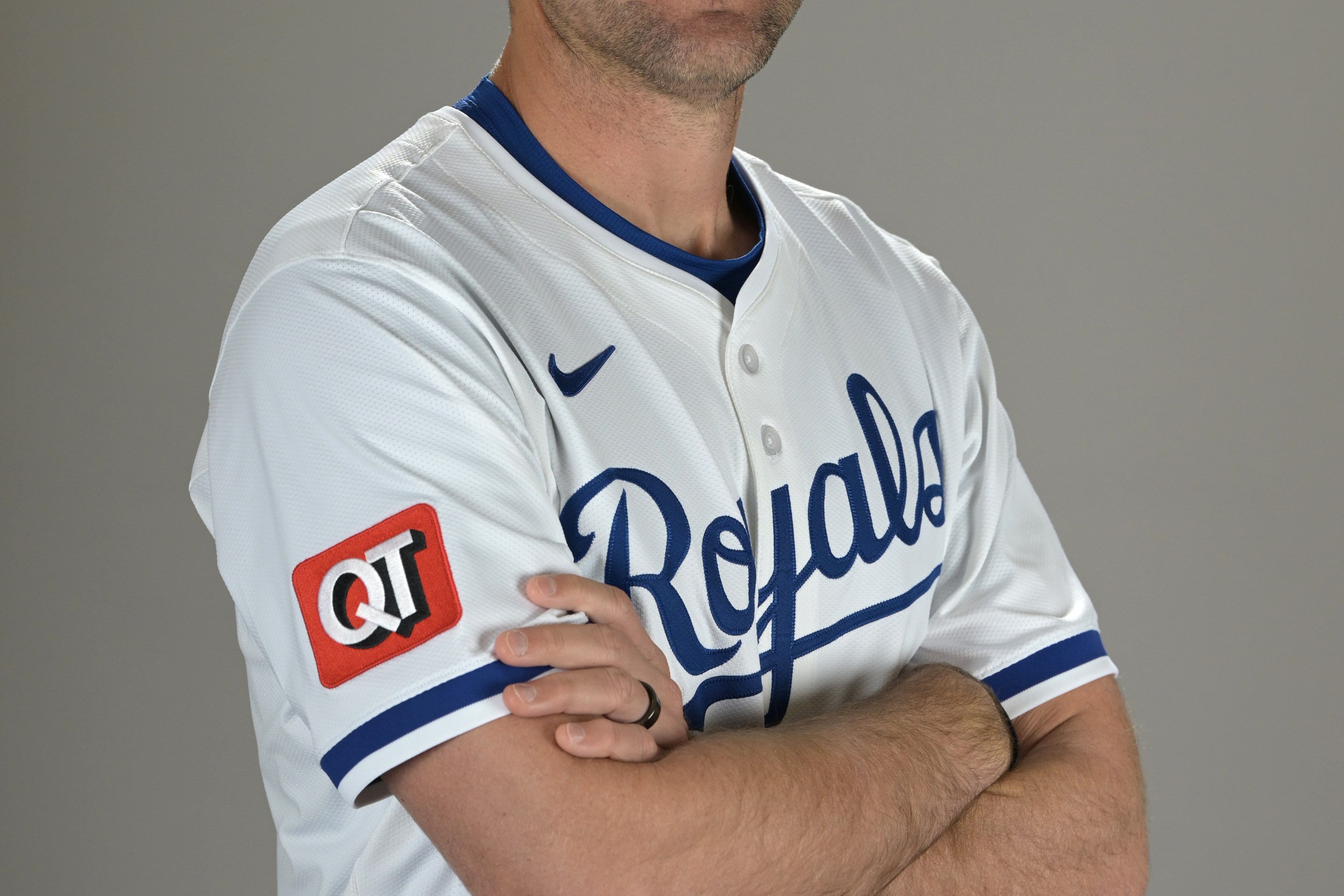Colson Montgomery's nutty last few weeks have made for a lot of postgame interviews, to the point where it feels like he has a scheduled conversation with the White Sox beat more often than not. That's just what happens when you slug .624 after the All-Star break.
"I enjoy talking to all you guys," Montgomery said. "I like talking to a lot of people. I’m curious on what you guys think...sometimes."
But after the black box that was his early-season retreat to Arizona, repeated success has provided a better window into what the 23-year-old is thinking at the plate. In Pittsburgh, Montgomery revealed that experimenting through a host of different stances and setups with hitting director Ryan Fuller eventually laid bare a straightforward takeaway: that he sees and identifies spin best the more he stays tall in the batter's box.
Maybe striking out on a low-and-away knuckle curve in his first at-bat, and then receiving four in a row from Jack Flaherty in his third helped cue Montgomery to stay with the breaker for a go-ahead two-run single Tuesday night. Or maybe he just got a bender that stayed up in the zone after the other three were pure chase pitches.
But Montgomery's progression up to this point has already driven home that not only is player development not linear, but the night might be darkest before the dawn.
As Montgomery switched to a torpedo bat after the All-Star break, Fuller theorized that pushing the meat of the barrel closer to his hands would initiate a more compact swing path subconsciously, and hopefully drive out any urge to cast his hands out and get out and around the baseball. Fresh off ripping another bullet drive into the right field seats, Montgomery indicated that finding cues to keep him compact was the first item on the checklist when he started working with Fuller in Arizona.
"It was Day 1, first thing we kind of went to," Montgomery said. "We wanted to practice trying to keep the ball kind of low to the ground, line drives and things like that. Some of my cues in the cage, I’m trying to hit a low line drive to the shortstop, keeps me tighter to the ball. Not really a normal home run swing. I feel like a lot of the hitters can tell you if they tried doing home run swings, it’s probably not going to work."
That project further serves as a possible explanation for why Montgomery has taken to the new bat so quickly. After the initial early-season furor about torpedo bats, many players who tried it but chose to stand pat cited the difference in weight distribution feeling foreign and uncomfortable. For Montgomery, it provided what he was already looking for.
“Once I got it, I felt it was pretty natural," Montgomery said. "When I had to use a normal bat, I felt like there was too much weight at the end. It kind of made me out and around and pull-happy, I guess. When I have a Torpedo in my hand, I guess, I feel tight to the ball and can let the ball track a little bit more and I can whip it to the zone faster.
"It’s a trick on your brain. If you say that you are comfortable with some bat, you are going to be comfortable with it.”
⚙️⚙️⚙️
Switch-hitting Edgar Quero had three at-bats in big RBI spots against right-handed pitching last Wednesday in the White Sox's 11-inning loss to seal sweep in Seattle. He came up empty in all three, and given his .217/.305/.316 season slash line as a left-handed hitter, what seemed most noteworthy about it is that Will Venable left Kyle Teel on the bench.
But Will Venable suggested such a conclusion was based off old information of the rookie catcher's limitations, and Quero's three-hit night Tuesday, punctuated by a no-doubter off old friend Codi Heuer, backed up his manager's support
"We've seen him get beat by the fastball at times," Venable said. "With the homer, he had the [pitcher's] slide step he had to work on and just really had to commit to be ready, on time and got good results. So that's what it's gonna be for him, and he did a nice job kind of making that adjustment."
It's only been 50 plate appearances amid a playing time split with Teel that he's acknowledged as challenging, but Quero is hitting .279/.360/.581 with three home runs against right-handers since July 1.
"He's starting to really understand how teams are trying to attack him," said hitting coach Marcus Thames. "If they keep pounding you in with heaters, you have to make an adjustment. He's doing a good job. He's a smart kid, he's a really smart kid. He's always hit and he's just learning who he is right now at the big league level."
Alongside that learning, if Quero is ever something other than brutally blunt about the state of his game, it will probably necessitate an evaluation from team doctors. His evaluation of his left-handed swing is far from a rave, but rather he has reached a point of self-awareness of what the issue is.
"My timing is a little bad right now -- not right now, but over the whole season," Quero said, miming out his hand load and demonstrating a draw-down move that's gotten too big. "On my left side I'm bringing my hands too low, and I think that's why I'm not hitting the ball in the air. Especially with the fastball, I'm missing a lot of fastballs. But it's part of the game. It's a little tough for me, but I've been working on this process before, too."
Those season-long struggles go far to explain why Quero took an extra second to admire his blast off a Heuer fastball placed right on his hands, which ironically happened after he had broken the torpedo bat he was trying for the first time on Tuesday night. Nevertheless, he plans on returning to the torpedo bat at the next opportunity, because the structural issue of becoming more dangerous against inside velocity doesn't get waved away after one game of results.
"I feel more comfortable," Quero said. "It’s a bigger barrel. I have more chance to hit the ball. Especially [because] it’s a little heavy at the end. That’s what I need for my lefty swing, because most of the time my hands are coming too low. Right now I feel pretty good and I’m trying to work on that."






